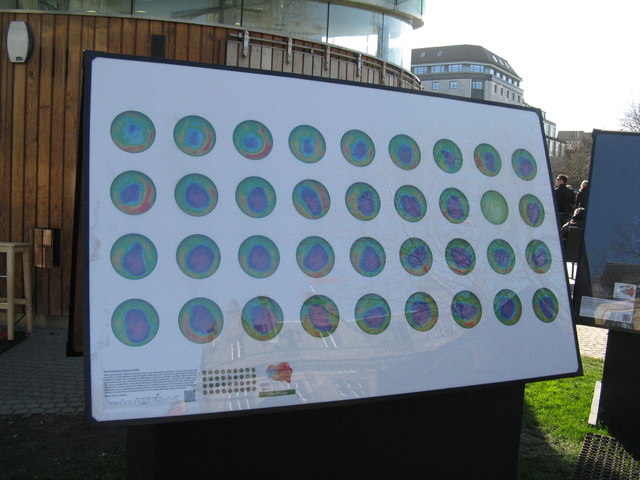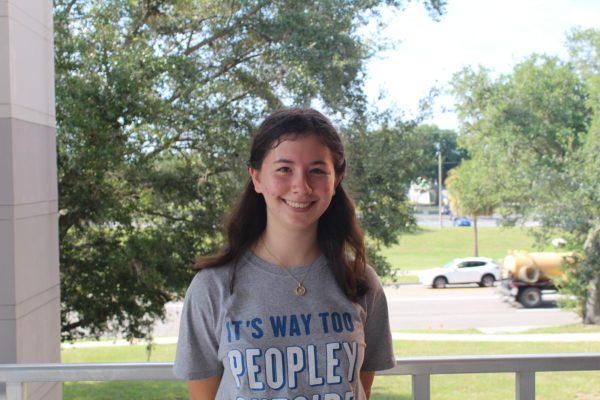Helping heal the ozone
Photo provided by: Geograph
Ever since the Montreal Protocol, the four year report has been keeping track of the ozone’s progress.
March 7, 2023
Back in Sep. 1987 the Montreal Protocol was signed by the United Nations in order to reduce the harm being done on the ozone layer. According to the current four year report, the ozone layer is on track to healing to its previous state in 1980 by 2040.
Concerns about this radiation absorbing layer in the Earth’s stratosphere started in the 1970s, as man-made chemicals such as chlorofluorocarbons (CFCs) were said to have the ability to damage the ozone. However, thinning of the ozone was not recognized until three British scientists published a paper stating their findings in May 1985.
“It was pretty scary that something so minimal like using hairspray could have such a damaging impact,” biology and research teacher Lauren D’Ambrosio said. “It was kind of humbling of what we as humans need to do as guardians of this planet, and how we look on our actions and how they influence not just us, but also other organisms and the environment.”
It was not until the Montreal Protocol was enacted that change started to happen. The protocol regulates the production and consumption of ozone depleting substances. This has helped to reduce the thinning of the ozone. The evaluation of the ozone, that happens every four years, helps to keep track of the ozone’s progress.
“At first I was a bit worried about the ozone layer being harmed,” junior and Environmental Club member Manuel Restrepo said. “It plays a big impact on Earth’s stratosphere as well as other significant factors.”
While the ozone is seeing great improvement, it also raises the question of how the status of climate change will be affected.
“The biggest concern with the hole in the ozone is of how the harmful UV radiations can penetrate through and increase cases of cancer, glaucoma and other issues with the humans,” D’Ambrosio said. “We don’t even know the extent of the issues that might be happening with the animals that are exposed to those UV radiations. I think in general that it is a good step forward to help with climate change, but there obviously needs to be a lot of other things and actions done. We saw one thing of patching up that hole and starting to heal that, but we still have a lot more work to do that has somewhat bigger of an impact on the raw effects of climate change than just the hole in the ozone.”
As the ozone layer continues to heal it needs to be made certain that this improvement will not be reversed. There is still lots of progress that needs to be made to help the ozone become whole again.
“I think it’s making sure that you’re just being a smart consumer as a human,” biology teacher Cassandra Eiden said. “In the same sense that knowing when you’re using things like single-use plastics, just knowing what you’re using and how that has an impact on the environment is the best thing that we as citizens can do for the environment.”






